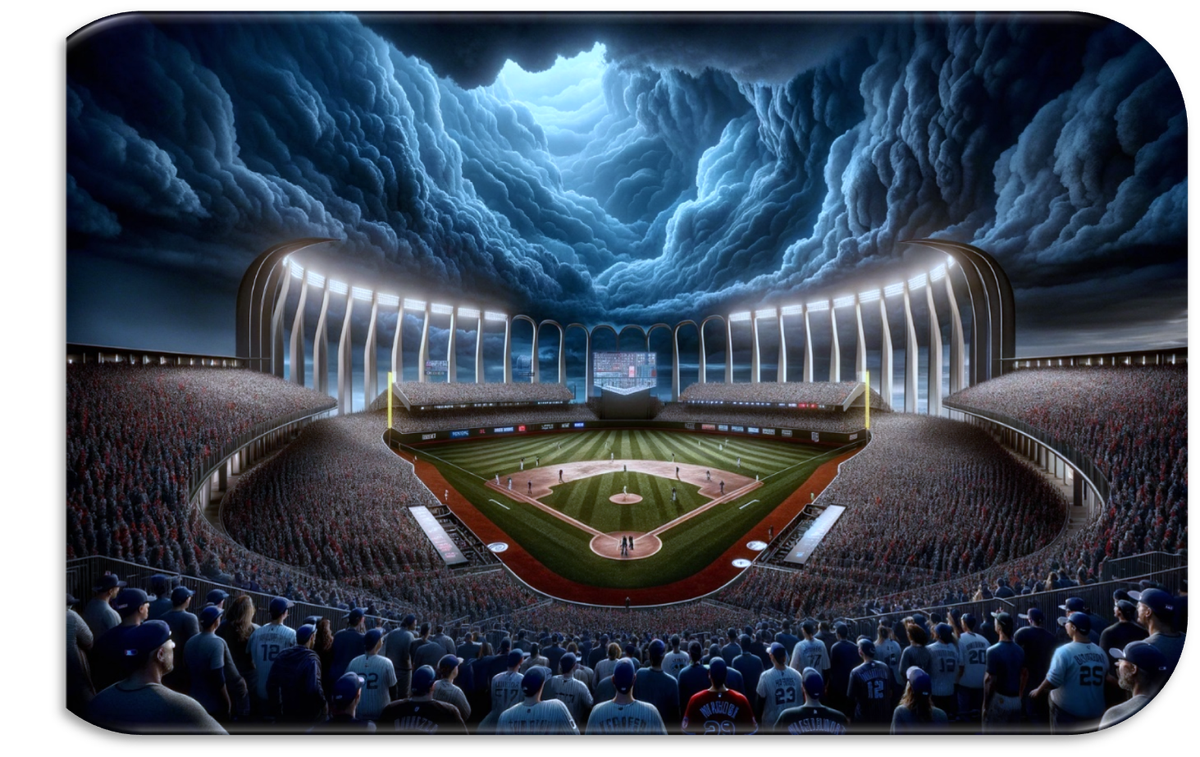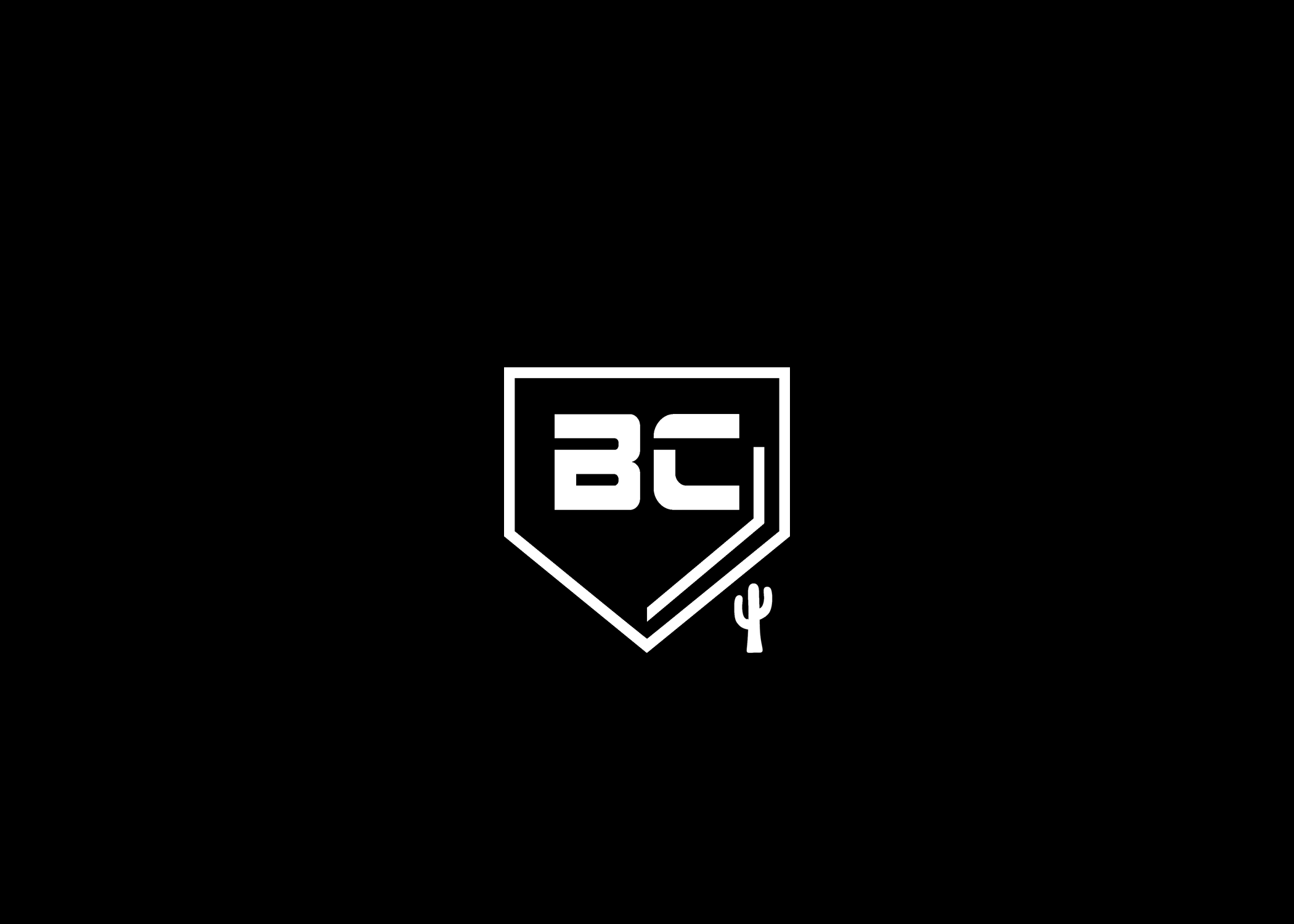The Closer’s Curse

Alone in the dugout, with the steady rhythm of raindrops setting the scene, our villain sits isolated on an empty bench. With his gaze fixed on the field, tears streamed down his face. We are remembering a night on the grandest of stages. A night where the entire world agreed on a single story. A perfect storm fit for Hollywood. Blinded by this shared narrative we were missing a story that could change the sport.
How did we get here? Our inevitable collision course started in 1989. Attempting to gain an advantage, the Oakland A’s decided to use their best relief pitcher as a closer. When the A’s won the championship that year the idea spread like wildfire. There was only one problem, it was a terrible idea.
Unseen to most, the closer role has played like a curse. It banishes the most skilled reliever to the ninth inning regardless of whether that's the moment of greatest need. As a result, the game’s best are consistently barred from entering the most pivotal moments.
This is the truth about closers, how a terrible idea spread and how a curse was broken.
Flawed logic of closers
The problem with the closer lies in a misguided assumption. The attempt is for a manager to match their best relief pitcher with the biggest moment to maximize their impact. The closer role assumes the biggest moment will be in the 9th. Yet, as any seasoned fan knows, games are often turned on their head in earlier innings. Enter the fireman role, this role makes no assumption about when the biggest moment will be. The fireman is free to meet the biggest moment whatever inning it comes. Before the late 1980’s almost all top relievers were fireman.
Metrics don’t support closers
The closer role isn’t just defeated by a logical argument, it fails in its burden of proof, metrics. In his article "The Myth of the Closer," David Smith points out a compelling fact: the likelihood of winning a game in the 9th inning with a lead has remained constant over the past century. For the past thirty years, baseball has employed closers in an attempt to improve their team’s odds, yet it has had minimal, if any, impact. To reach these conclusions, he analyzed a century of MLB data, comparing the win probability in the 9th inning both with and without the use of a closer.
These findings are really about the tiny effect closers make on closing out 2, 3 and 4+ run games in the 9th. Closers are unable to make a big impact because the run differential is too big and too late in the game. For those 100 years the only metric that has really changed because of the closer is the 1 run save. Which has only created a slight boost to win probability. The traditional closer role has been proven to make zero to minimal impact in the 9th inning. Additionally, it robs you of the chance of using your best reliever in other innings.
Systemic Problems
If the closer role is a bad strategy, then why does the MLB embrace it? It’s complicated. Our first problem is that some teams genuinely don’t know of or believe in the metrics disproving closers. Many of these teams then value closers and what they deem to be all important save statistics.
This creates our second problem, the players. Relievers, like everyone else, want to be the best and want to be paid accordingly for their talents. Since the closer role is considered the highest honor in the modern bullpen, every relief pitcher wants that role.
Surely there are smart relievers in the MLB who know the closer role is deeply flawed but it doesn’t really matter. Since the MLB respects the closer role and saves so much the only way a great reliever can get properly paid is to perform in a closer role. There have been exceptions but they’re rare.
To popularize the fireman role again you’d need most teams to respect it and for relievers to want to be firemen again. It requires a shift on both sides and a significant change in compensation.
A Seismic Event
When you think about what needs to happen to popularize firemen, it’s easy to think we’re nowhere close. And that’s right. The closer’s popularity might unravel over the course of a couple more decades, but our best shot today is to have a seismic event. Now let’s think back to how we got here.
The Oakland A’s use of Dennis Eckersley in the late 1980’s and their 1989 championship are the most often credited reason the closer was popularized. Eckersley was a phenomenal pitcher but the strangest thing about this is how insignificant he was to that series. Over the 4-game World Series, no game was closer than 3 runs. The series was a blowout that spanned two full weeks. Yes, two weeks.
In the middle of Game 3 a 6.5 earthquake struck in San Francisco where the A’s were playing the Giants, postponing Game 3 for 12 days. Despite the fact Eckersley got rest otherwise impossible in any other postseason he only pitched 1 and 2 thirds in the World Series because he was banished to the closer role. So why do we still curse our top relievers to be closers?
We do because we follow champions. The baseball world thought Eckersley, who was perhaps the best reliever in the world, was being used in this new innovative role. Oakland won the championship, so they must know what they are doing. But with Eckersley they didn’t. Baseball followed the A’s even though he meant almost nothing to the series and wasn’t a major factor that October.
Road to October
In 2016, there were two teams suffering from their own curses. The Cubs and the Indians were 108 and 68 years without a ring. Hoping to break their curses, they both made a mid-season trade.
The New York Yankees had something very rare. They possessed two of the game’s best relievers, Aroldis Chapman and Andrew Miller. Chapman pitched as the quintessential closer and Miller viewed as the team’s second option a set-up man. With the Yankees out of playoff contention they traded away each player. The Cubs made Chapman their closer. The Yankees sent Miller to the Indians. With the Indians already boasting a great closer in Cody Allen, they could confidently assign Miller the role of a fireman, facing little to no criticism.
Hero and Villian
Miller and Chapman have taken distinctly different paths to becoming elite relievers. Aroldis Chapman was a Cuban defect who faced considerable struggle leaving his country. As a hitter in his youth, he was thrust into pitching because of his one in a billion arm. At his peak he was topping out at 105 Mph. He is the truest embodiment of the modern flamethrowing closer. Despite being shrouded in controversy and notorious for clearing benches, one fact remained undeniable: Aroldis Chapman was the future.
Andrew Miller was a Florida born pitcher held in high regard. Drafted highly he spent the first half of his career as a starter. In the majors his journey took a detour into a lengthy valley of struggles, testing his resilience. Nothing seemed to work. Facing the possibility of never playing in the MLB again he accepted the only role he could get, to be a reliever. In two short years he became one of the world’s best. That October Miller’s Indians and Chapman’s Cubs would meet in the World Series.
The Biggest Stage
The World Series has reached Game 7. The Indians have lost a 3-1 series lead. The crown jewel had become clear: Andrew Miller was the best reliever alive. That October, Miller showcased a level of dominance rarely seen among relievers. As the ALCS MVP, he entered Game 7 of the World Series having pitched 17.1 innings throughout October, surrendering just one run. It was the perfect chance to popularize firemen, on the biggest stage the best reliever alive was a fireman.
The Game of Curses
Relying heavily on him throughout the playoffs, Miller entered the 5th inning of Game 7, tasked with pitching for two and a third innings. With two outs and the bases empty in the 5th, Miller faced Kris Bryant in a 3-2 count. He delivered a pitch that kissed the outside edge, which he believed was strike three, but it was called Ball 4 instead. The next batter, Rizzo, managed a single to right. Stealing on the pitch, Kris Bryant scored from first.
In Game 7, Miller gave up two runs, surrendering all three of his October runs in his last two appearances. The scene shifted when Aroldis Chapman took the mound in the 8th, only for Rajai Davis to emerge as an unexpected hero with a two-run homer to tie the game. Chapman blew a three-run lead forcing extra innings. Moments before extra innings, a rainstorm delayed the game. Both teams head into their clubhouses. Looking out at the field, Aroldis Chapman sits alone on the empty bench, in tears, knowing that he may have blown the championship.
In the decisive tenth inning, the tension was palpable. Bryan Shaw of the Indians, in a critical moment, finds himself unable to stop the Cubs, surrendering two runs. Despite a determined effort in the bottom of the tenth, the Indians manage to score only once, ultimately falling short.
On the other side, jubilation for Aroldis Chapman and the Cubs, who triumphantly clinch their first championship in over a century, breaking a 108-year curse and etching a historic moment in baseball lore.
The End
In 2016, the playoffs should have served as a clear testament to the critical importance of firemen in baseball. Yet, the spotlight instead fell on the Cubs and their young core, poised to start a dynasty. However, as time unfolded, this young core faced significant struggles, and the anticipated Cubs dynasty never materialized.
Since the pivotal 2016 season, the closer’s curse remains. The role of the fireman in baseball has increasingly receded into the shadows of the game's strategy. In today’s landscape, the spotlight shines brightest on closers, with many emulating the style of Aroldis Chapman – power pitchers who dominate the 9th inning with their triple-digit fastballs. Quietly today there exists a few firemen but none threaten to make us rethink pitching strategy the way Andrew Miller should have.
The next time you see that iconic moment: a slow grounder to third, scooped up by Kris Bryant and fired to Anthony Rizzo. Remember it wasn’t just the final out that shattered a 108-year curse, this play marked the moment where a revolution in pitching strategy quietly slipped away. A tantalizing glimpse of what should have been, deferred by the narrowest of margins: a single run.
References
- Smith, David. "The Myth of the Closer." Retrieved from MythOfTheCloser.pdf (retrosheet.org)
- OpenAI's DALL-E. "Illustrative Image." Generated [January 23rd, 2024]
- Baseball-Reference.com. "Pitching Stats"
